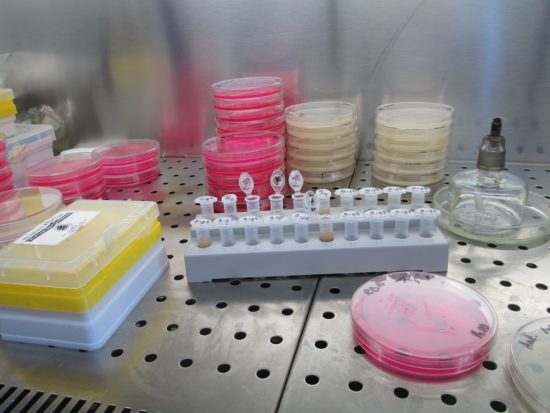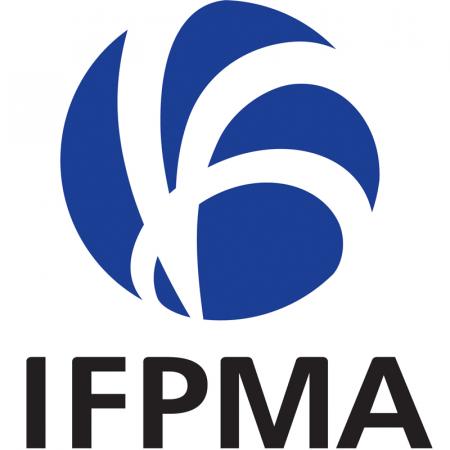Regional Differences in Antibiotic-resistant Enterobacterales Urine Isolates in the United States: 2018-2020
Antimicrobial resistance (AMR) can complicate effective management of urinary tract infections (UTIs). We conducted a retrospective study of AMR in Enterobacterales urine isolates from ambulatory and hospitalized adult patients from 2018-2020 (BD Insights Research Database) to evaluate regional differences in isolates with an extended-spectrum beta-lactamase (ESBL)-producing phenotype or not susceptible to beta-lactams, fluoroquinolones (FQ), nitrofurantoin (NFT), trimethoprim/sulfamethoxazole (TMP/SMX), or multiple antibiotic classes (2+ or 3+). Our analyses included 349,741 Enterobacterales urine isolates from 321 inpatient facilities and 980,354 isolates from 338 ambulatory care facilities.
AMR NEWS
Your Biweekly Source for Global AMR Insights!
Stay informed with the essential newsletter that brings together all the latest One Health news on antimicrobial resistance. Delivered straight to your inbox every two weeks, AMR NEWS provides a curated selection of international insights, key publications, and the latest updates in the fight against AMR.
Don’t miss out on staying ahead in the global AMR movement—subscribe now!







